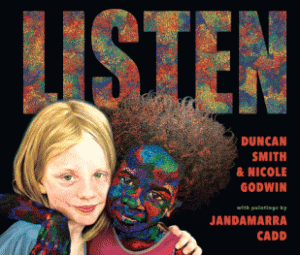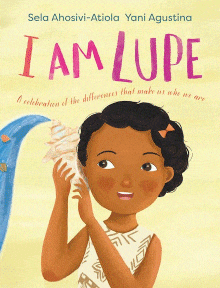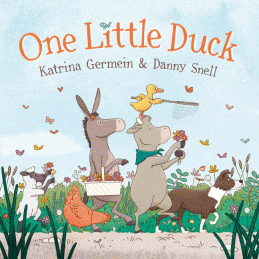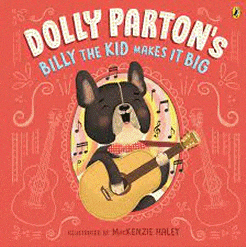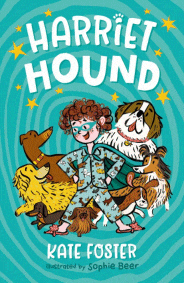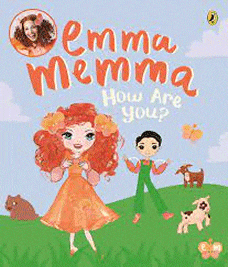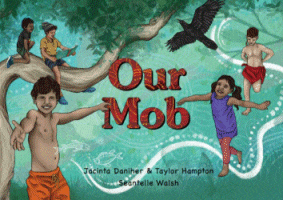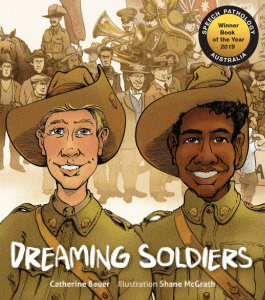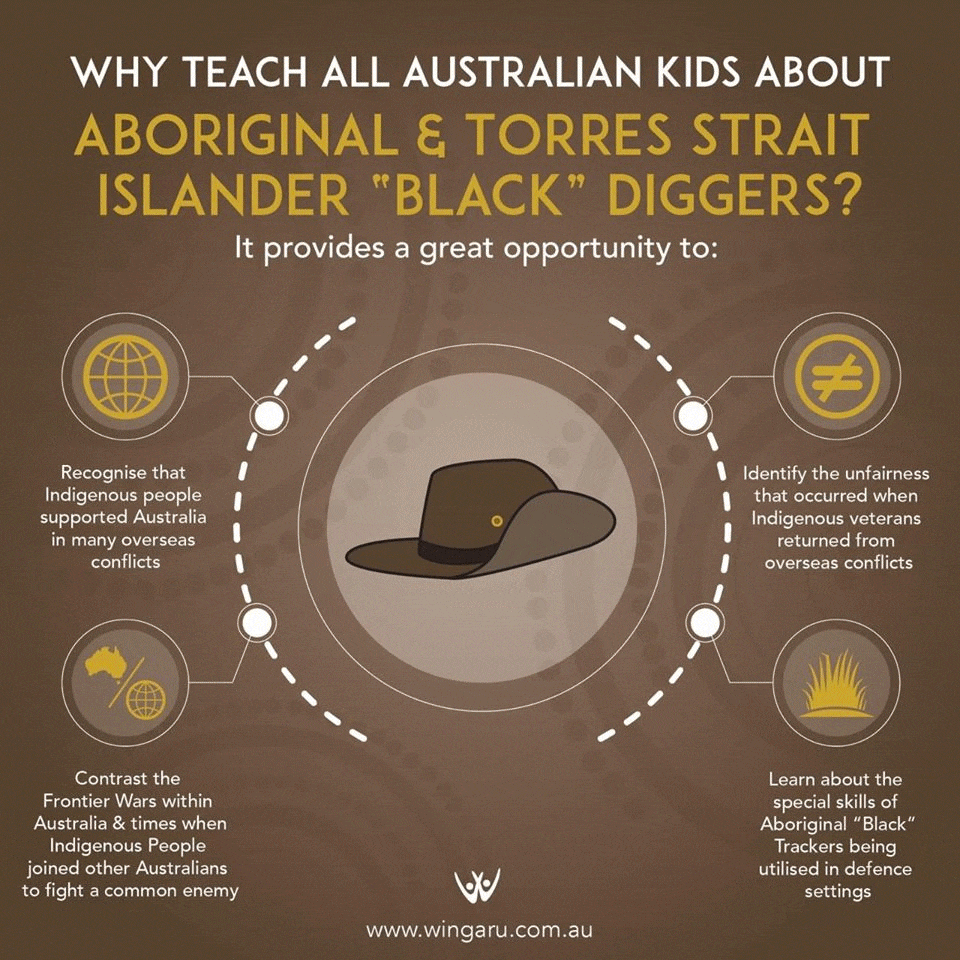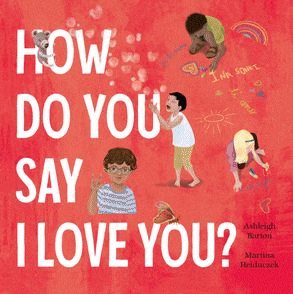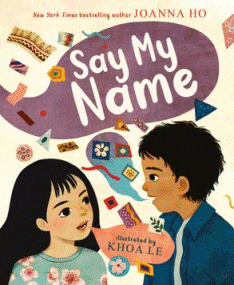
Say My Name
Say My Name
Joanna Ho
Khoa Le
HarperCollins, 2023
40pp., hbk., RRP $A24.99
9780063205338
There is an old riddle that goes, “What is yours alone but used by everyone else? Your name”.
There is so much embodied in a person’s name that it can be (and was) one of the most popular units of work that I did with my students at the beginning of each year. They loved to discover why they had the name they did, its history and significance within their family, its meaning, its cultural connections and how it shaped their own identity. They enjoyed having conversations with family members about why it was chosen, seeing their birth announcements and sharing their stories. But most importantly, they wanted to teach us how to say it properly because that demonstrated that we respected them, cared enough about them, to make the effort to learn it and use it and acknowledge that they were not invisible. Even though some chose to use a more common “European” name, there was always a spark in their eyes if their birth name was used and pronounced correctly.
In this new book by Joanna Ho, whose stories Eyes the Kiss in the Corners and Eyes that Speak to the Stars embody and celebrate diversity in a perception-changing way, six children of Chinese, Tongan, Persian, Diné, Nahuatl, or Akan descent share the meaning and history of their names. Names that are “full of tones and rhythms, melodies and harmonies, chords and cadences, Each syllable, each sound, is a building block in an architecture constructed over oceans and across generations.” (And there is a pronunciation guide and other material included in the final pages to help you out.)
Accompanied by stunning illustrations that are rich in the symbolism of the culture of the child, the lyrical text shows us how important it is to each child, indeed each person on the planet, to say their name correctly because “My name is a window to my world, a door to my destiny, a key to unlock the dreams of my ancestors, the hopes of my family and the divine that lives within. Anything less is not me.”
Sadly for some children having someone say their name and smile is the only positive acknowledgement that they will get in a day and it is that affirmation that they exist that is enough to bring them back to school for one more day. If ever there was a book that demonstrates just how important your name is and how we each cling to its uniqueness, this is it. With a pronunciation guide and other material included in the final pages to serve as a model for each child’s story, here, embedded in this literary treasure, is your program for the first few weeks of Term 1 2024 sorted…
